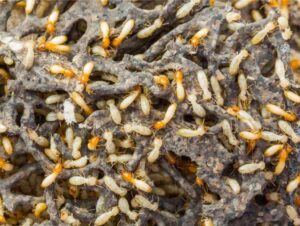 When purchasing a home, it’s essential to ensure it is safe and in good condition. Structural integrity is a crucial factor to consider, and one often overlooked aspect is the presence of termites. To guarantee a termite-free property, special inspections may be necessary. In this article, we’ll delve into the significance of wood-destroying insect inspections and termite bonds. These evaluations are vital for both buyers and sellers in the real estate market. We’ll explore their definitions, advantages, and their pivotal role in safeguarding the investment of potential homeowners.
When purchasing a home, it’s essential to ensure it is safe and in good condition. Structural integrity is a crucial factor to consider, and one often overlooked aspect is the presence of termites. To guarantee a termite-free property, special inspections may be necessary. In this article, we’ll delve into the significance of wood-destroying insect inspections and termite bonds. These evaluations are vital for both buyers and sellers in the real estate market. We’ll explore their definitions, advantages, and their pivotal role in safeguarding the investment of potential homeowners.
What Is a Wood-Destroying Insect Inspection?
A wood-destroying insect inspection is a crucial component of the home buying process. Mandatory for certain types of loans like, VA home loans, this inspection benefits both buyers and sellers. During the inspection, a pest control professional assesses the property for visible signs of wood-destroying insects such as termites.
Upon completion of the inspection, a Wood-Destroying Insect (WDI) report is generated to document the findings for all parties involved in the sale. This report confirms or denies the presence of wood-destroying insects and discloses any evidence of previous treatment that may have been found.
What Does Termite Bond Mean?
Unearthed unwelcome termite visitors in your WDI report? A termite bond can be your shield against these destructive pests. Here’s a breakdown of what a termite bond entails and why it matters:
What is a Termite Bond?
A termite bond is a warranty agreement between you and a pest control company. It provides protection against future termite infestations, offering peace of mind for homeowners.
